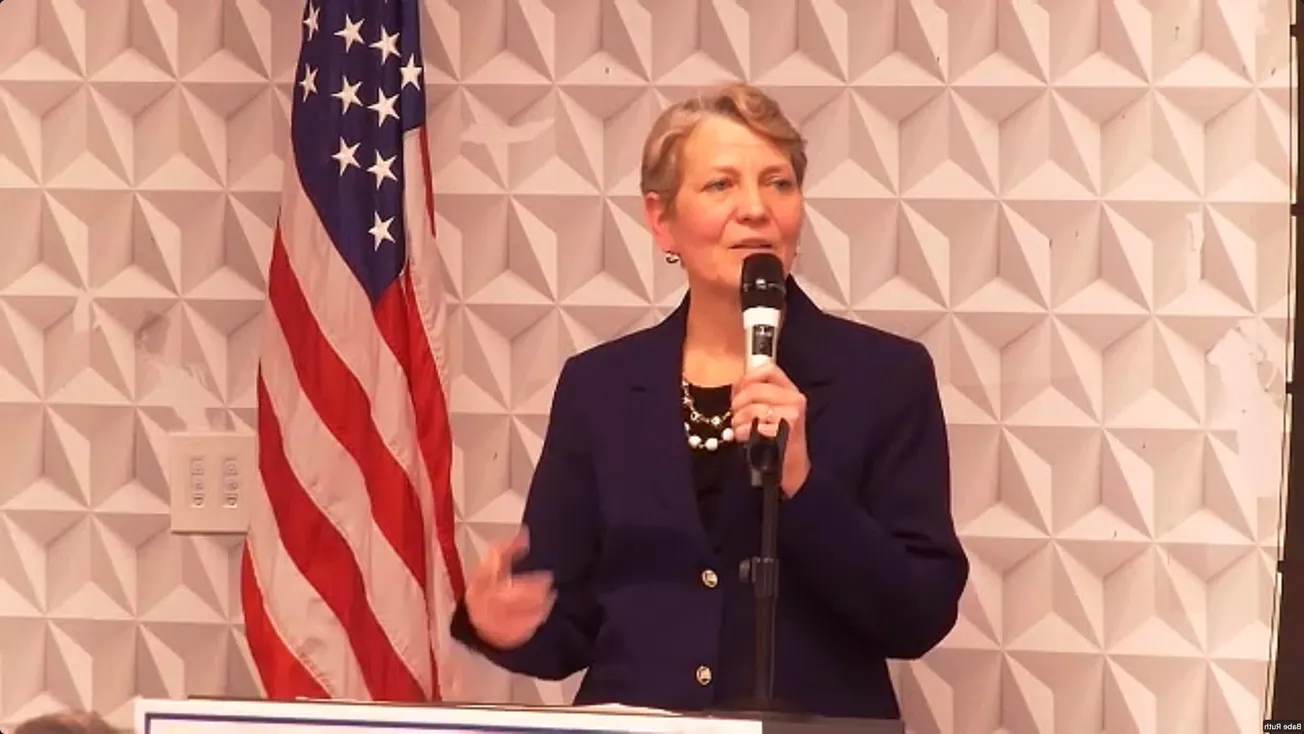Continuing its four-year policy of supporting breakthroughs in advanced nuclear fission designs and nuclear fusion, the Department of Energy has recently awarded grants to support high-intensity laser facilities which use lasers to study the behavior of fusion plasmas. This is part of the long-term scientific work to master fusion energy and power, which derives both electric power and particle beams from superheated gases – plasmas. On Oct. 29 Nuclear News reported that the Department of Energy’s Office of Fusion Energy Sciences (FES) aims to accelerate U.S. research in the field of high-energy-density plasma science with the award of $18 million to fund operations and user support at high-intensity laser facilities in the United States and Canada. The DOE made the announcement on Oct. 27.
The award is part of the FES LaserNetUS initiative, which was established in 2018 to provide U.S. scientists increased access to high-intensity laser facilities at 10 universities and national laboratories: the University of Texas at Austin, Ohio State University, Colorado State University, the University of Michigan, the University of Nebraska–Lincoln, the University of Rochester, SLAC National Accelerator Laboratory, Lawrence Berkeley National Laboratory, Lawrence Livermore National Laboratory, and Canada’s Université du Québec.
At the same time NASA continues pursuing a “construction revolution” by work on construction in space, starting with construction on the Moon. NASA awarded contracts to three companies – Texas 3D printing and robotics firm Icon, Danish architect Bjarke Ingels Group (BIG), and New York space architecture company SEArch+ — to create a space-based construction system for exploration and settlement of the Moon. The contract under NASA’s Artemis project to put humans back on the Moon starting in 2024 to develop it, including the first woman astronaut. Sustainable exploration of the Moon includes permanent lunar structures for thermal, radiation and micrometeorite protection.
Icon will test candidate technologies using materials that simulate lunar dust. Its co-founder, Jason Ballard, made a statement on the occasion which captures the impact of space exploration – and all new infrastructure — on economic progress: “Building humanity’s first home on another world will be the most ambitious construction project in human history and will push science, engineering, technology and architecture to literal new heights.”



